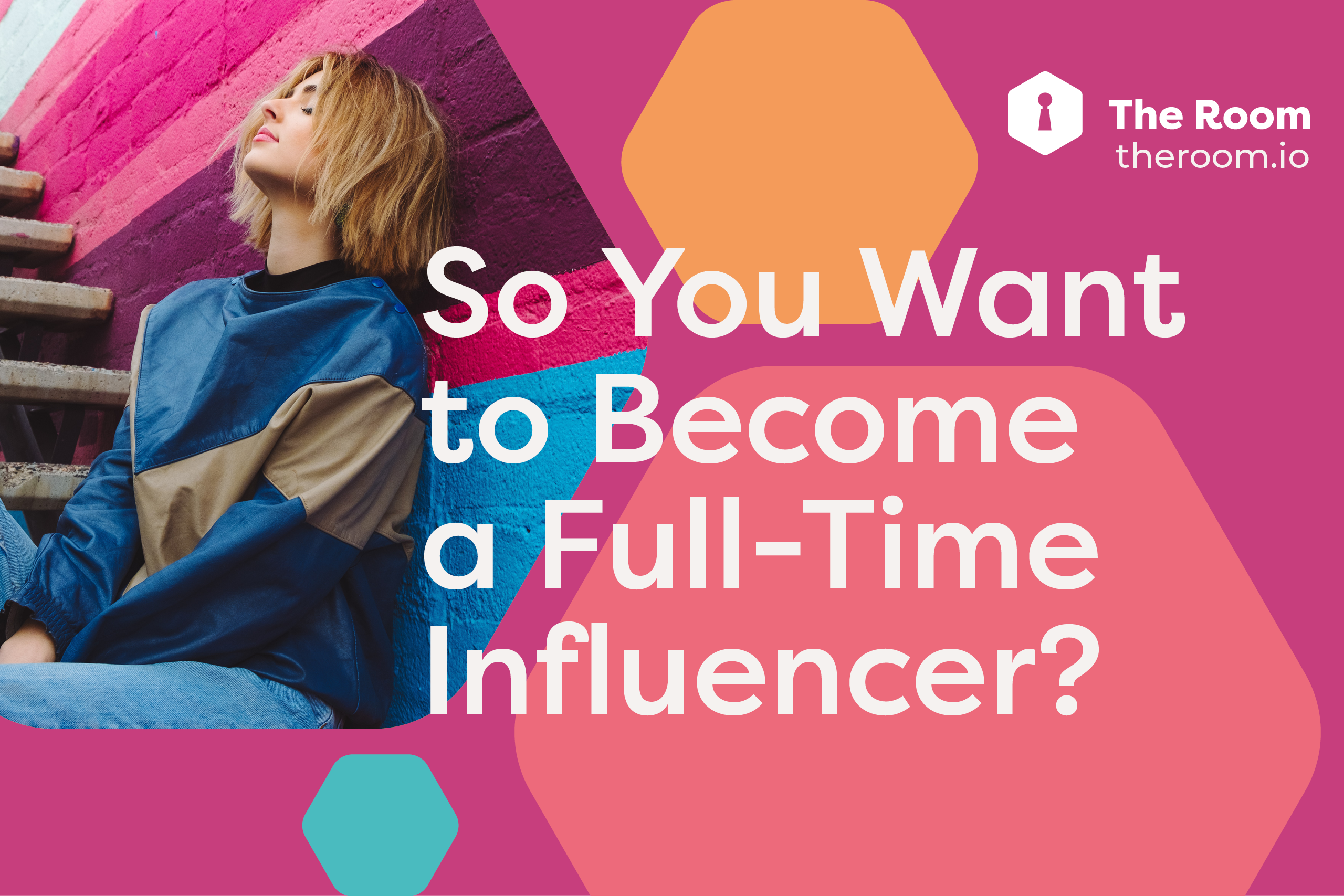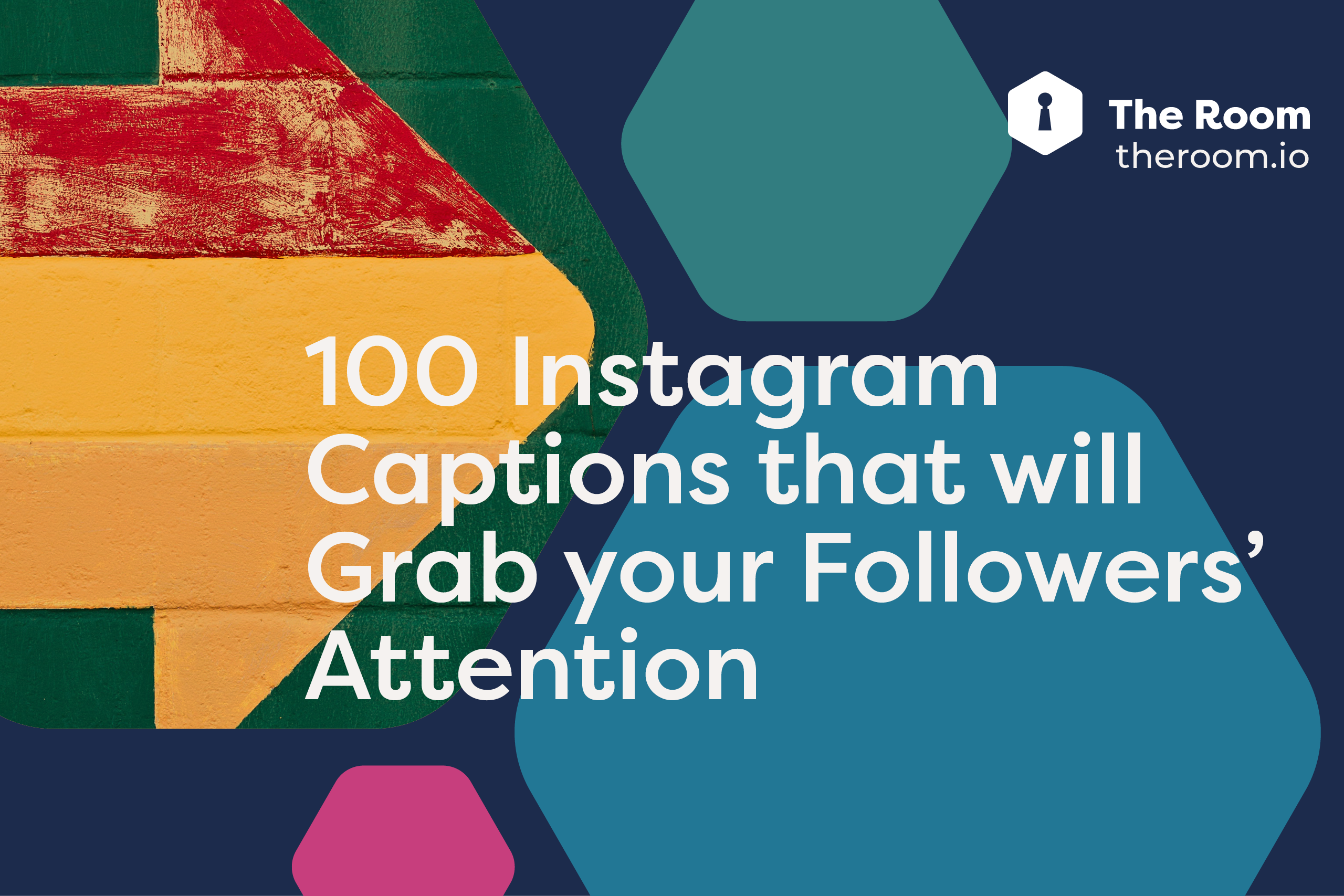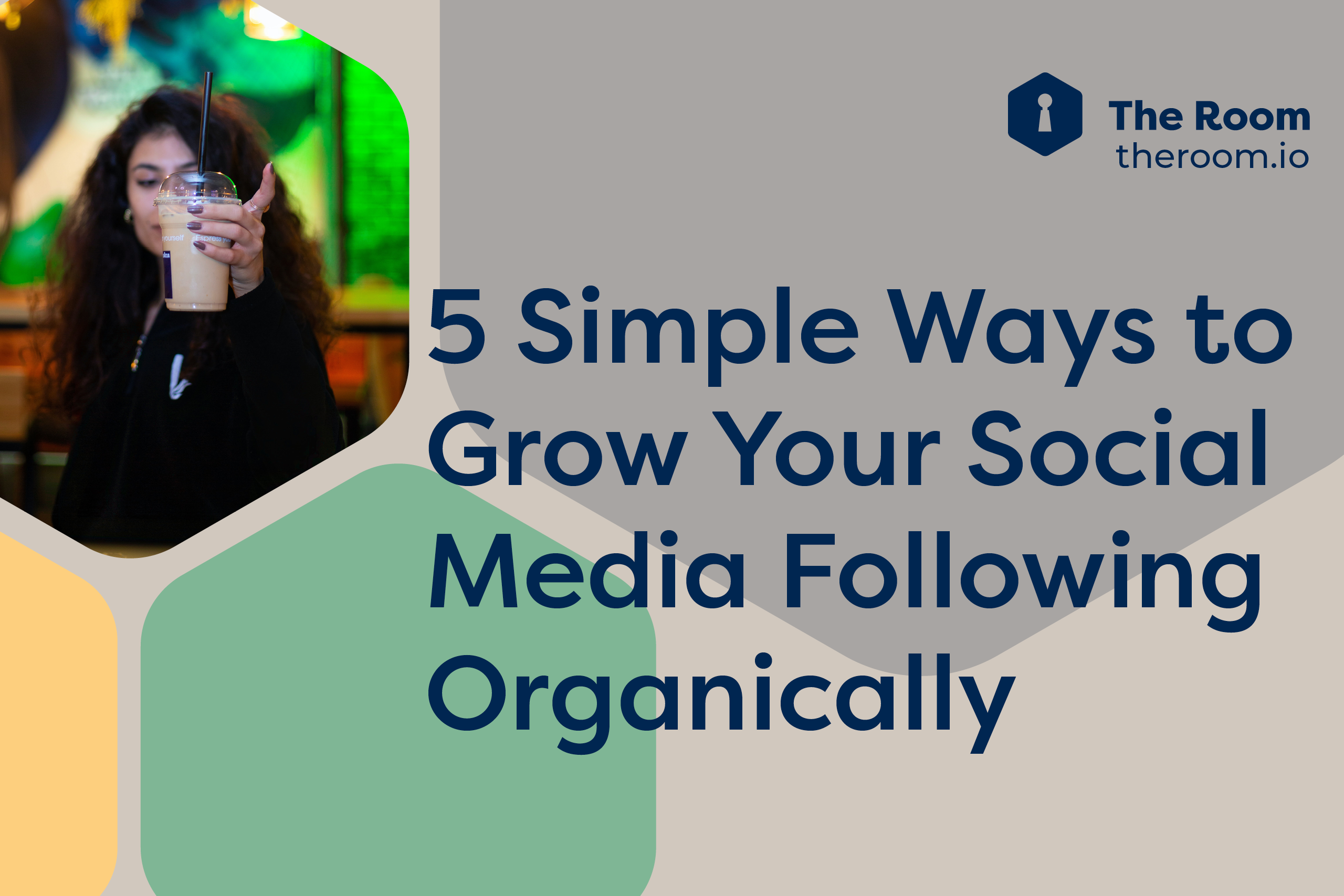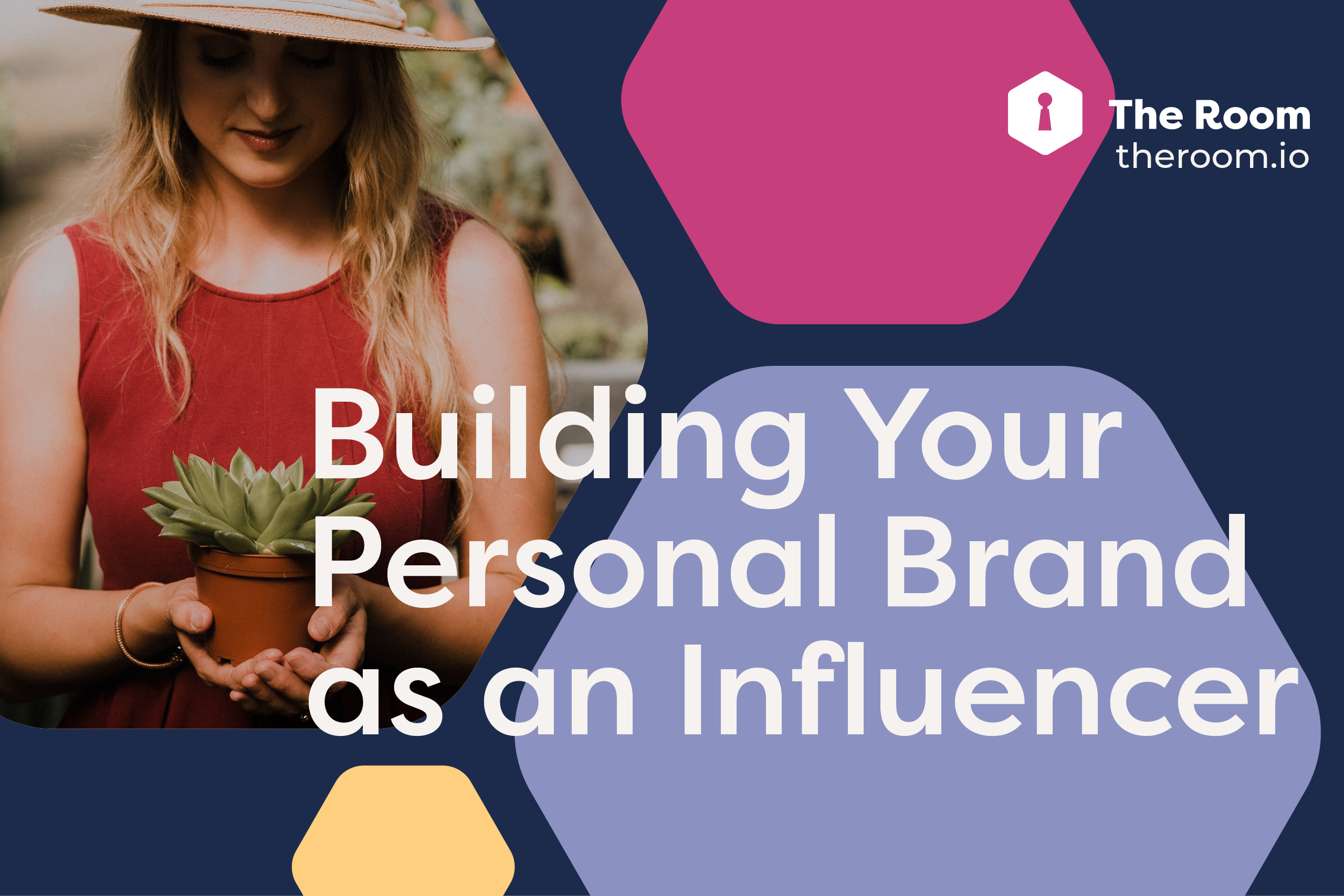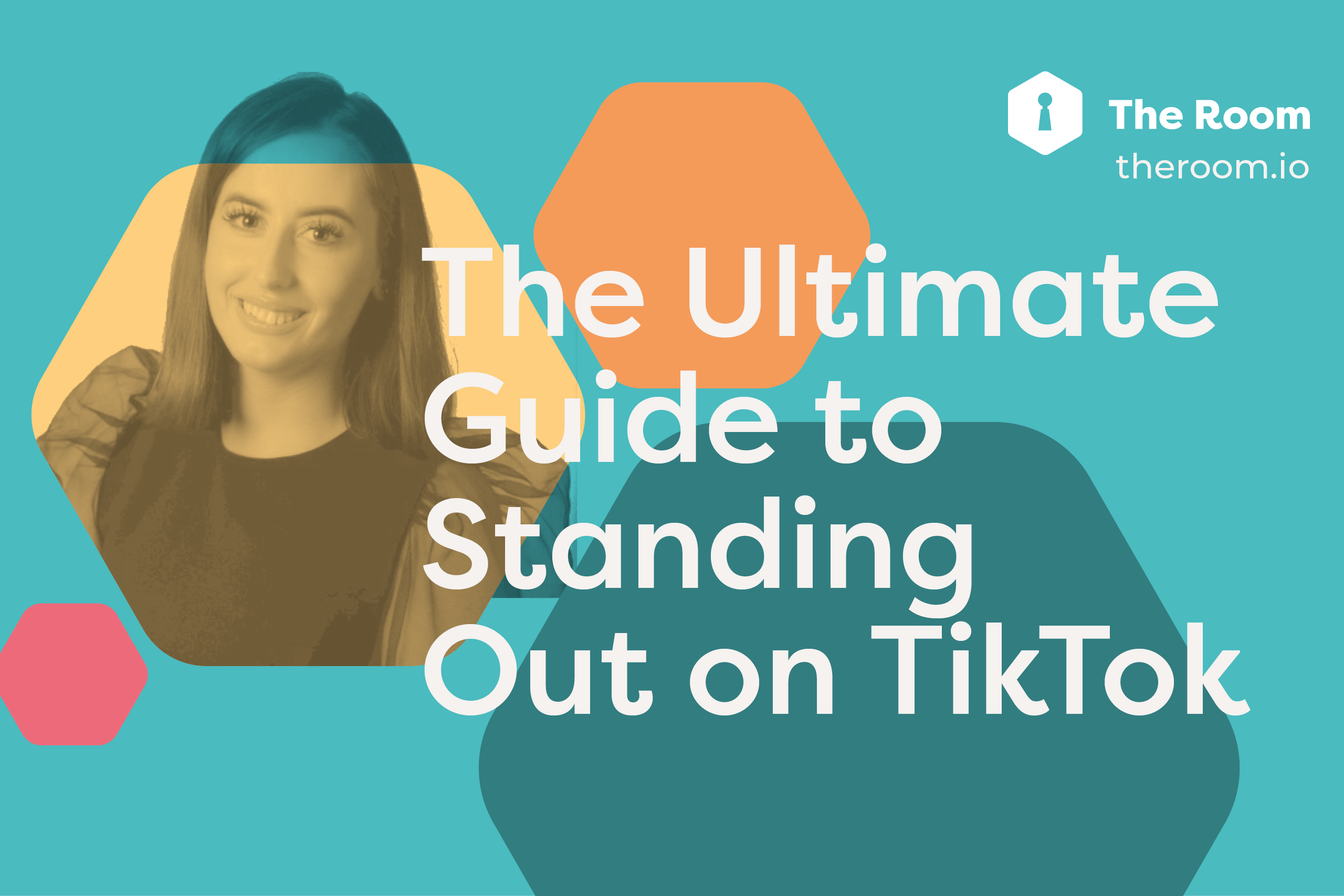The rise of social media marketing isn’t just a good thing for online retailers and brand managers. More and more content creators are finding a way to carve out a niche for themselves in digital spaces. This isn’t just the era of digital content, it’s the age where being a full-time influencer is a viable career path.
That said, there are ways to work towards full-time status that make it easier than others. As with any audience–based field, success isn’t guaranteed. Luckily, we know the best practices to put you on the right track.
Every new full–time influencer is a testament to the power of a solid development strategy. While some influencers find overnight success with a one-in-a-million viral post, more find success by treating it as a career first.
In this guide, we’ll explore everything you need to know to optimise your strategy toward becoming a full–time influencer. Let’s start with the foundations.
Becoming a Full-Time Influencer: The Basics
When Meeta Vengapally started her full-time influencer journey, she didn’t start by creating a profile. She understood that she was building more than her brand, she was setting up a business. In business, even a public-facing one like influencer marketing, most of the work happens behind the scenes.
Meeta Vengapally became a Top Influencer on Instagram with 278k followers by focusing on the unseen work first. Today, she’s a full-time influencer, CEO, and founder. The basics are more than the setup. This step is about getting into the mentality you’ll carry over into full-time influencer work. Getting that right creates a foundation for everything else that follows.
Establish Your Needs
Your needs, at least at this point, aren’t strictly material. When searching for yours, treat it like a question. Why do you want to become a full-time influencer? What’s the deep desire that’s going to drive you through the early, unrewarding work? What do you want to get out of this journey, and does it make the risks worthwhile?
Define Your Budget
Risks are important to understand early. Finances have a real-world impact, both in the investments you can make and the risks you can afford to take. When defining your budget, start by working out how much capital you can invest in yourself and your goal.
Confidence in your abilities isn’t just good, it’s vital. Still, make sure you set aside enough money to protect yourself against any setbacks.
Set Ongoing Financial Targets
As your platform grows, so will your commitments. Engaging with your followers takes dedicated time. Producing higher quality content may mean upgrading equipment or learning new creative skills. These are continuous investments that may not fit into your original budget.
Set up financial targets that you want to hit at regular intervals. Monthly and quarterly targets give you a set timeline to work towards a figure. When you hit that, you’ll have the income and proof of progress to take the next step.
Networking as a Full–Time Influence
While you may not be getting proposals from your dream brands just yet, you can’t afford to wait until you go full–time to network. Rather, networking is how you unlock the opportunities that get you closer to that. Networking is about building relationships with people aligned with your goals. That starts with knowing where to be.
Where to Network
While TikTok is the fastest-growing platform for Gen Z audiences, Instagram still dominates Influencer Marketing. At 1.3 billion monthly active users, it’s smaller overall than parent company Facebook (2.89 billion), but raw stats like these are why it’s important to get into the nuances of marketing.
Facebook may be bigger, but Instagram is the platform that brands prefer. 69% of marketers prioritise investing in Instagram marketing. For perspective, YouTube received the second-highest marketing investment in 2019/20, but only from 11% of marketers.
There are a few reasons behind this. Unlike Facebook, Instagram is built almost entirely around visual content. Professionally-shot lifestyle, health, food, and beauty content thrives there. YouTube does well with video, but Instagram has developed its app to maximise engagement.
But that’s looking ahead to audiences. Networking should focus on professionals and peers. You want to be where your potential investors are. From brand managers to more established influencers, these relationships are invaluable.
Treat Your Social Media as a Business
Where you network should ultimately be where you plan to grow. This way, you can prioritise one platform, if that’s all you can commit to early on. Even if you have the bandwidth for more, your skills, experience, and audience will grow faster if you nail one platform before expanding into another.
Your social media isn’t just a content feed, it’s a portfolio and CV to others in your industry. Treating your social media as a business while being true to your personality can be a juggling act. Here’s how to make it work.
Authentic Voice, Professional Conduct
Have two perspectives on your profile: what your audience sees and what your network sees. Understand what each of them wants to see.
Your audience wants authenticity, someone who’s knowledgeable about their niche and fun to engage with. Your network wants to see consistent uploads, well-curated content, and professional communication with your audience when it's appropriate.
The best part: these perspectives are perfectly compatible! Your peers will appreciate your ability to communicate to an audience. As for your followers, treating them with professionalism and respect is a good way to build trust. Save your wild side for the actual content, this is where you can let it shine.
Increasing Your Engagement
So, we mentioned that Instagram invests a lot in its engagement tools. How can this help you become a full-time influencer, you ask? Master these tools, and you’ll hit the average engagement rates every brand wants to see when looking for influencers.
Why average engagement rate, though? Well, the normal metrics don’t always tell brand managers who the best influencer for their campaign is. There’s a lot of maths involved. Basically, the size of your following determines the engagement rate brands want to see.
Micro-influencers (10-15k followers) tend to have the highest average engagement at 1.63%. On the opposite end of the scale, we have mega-influencers (1M followers) who average around 0.37% engagement. The larger the audience, the lower the average and vice versa.
It helps brands work out if you’ll get them a good return on the money they invest in you. Mega–influencers can charge over $10 000. Micro-influencers usually command fees between $100 and $500.
Two influencers in the same price range, but with different engagement rates, don’t hold the same value to brands. If they have to pay the same fee, they’ll always go for the creator with the higher average.
Content That Grows Your Following
Engagement metrics don’t just impress brands, either. Social media algorithms use them to rank your content. Show the algorithms your content is engagement worthy, and you’ll teach it to expand your reach to new users. These are the essentials of creating high-engagement content to grow your following.
Content Schedule
Beyond engagement, algorithms want consistency. You can decide how often you post, so long as you can stick to the schedule. A week of daily posts followed by two bi-weekly posts doesn’t trigger that organic growth you need.
If you can post three times a week, make that the goal. Consistency is a trait everyone you work with and create for will appreciate.
How to Find Your Niche and Build a Community
Who you create for plays the biggest role in how your content will be received. Without a clearly defined audience, it's hard to give your posts the focus they need to resonate with individual users. The general rule is to define a target audience, but authenticity needs specificity.
Think of your ideal follower. This is the one person you know will love what you upload. Go beyond age, gender, and status. Social media is more flexible than that. What interests do you share with them? What makes your stories similar? What does your content give them that they can’t find anywhere else?
These are the followers you want to invest in finding. Everyone else will flow in with them.
Use a Platform to Secure Partnerships With The Brands You Love
So, you’re growing your audience week on week, improving your content, and refining your brand voice. Don’t underestimate the power of your following. Nowadays brands are realising that authentic micro-influencers that love their brand are far more valuable than paying someone with tons of followers to promote a product they don’t really care about. Micro-influencers may have the smallest audiences, but this means they tend to have the closest relationship with them.
With that being said, don’t hang around and wait for brands to find you. As a micro-influencer or new influencer, you’ve got to put the work in yourself to find suitable partnerships. Using a platform like The Room opens you up to a world of opportunities with amazing brands as soon as you hit the 10k following milestone.
The Room gives you the freedom to connect with and talk about the brands that you love. Keep in mind that authenticity and true brand love should be at the forefront of your journey to becoming a full-time influencer.
